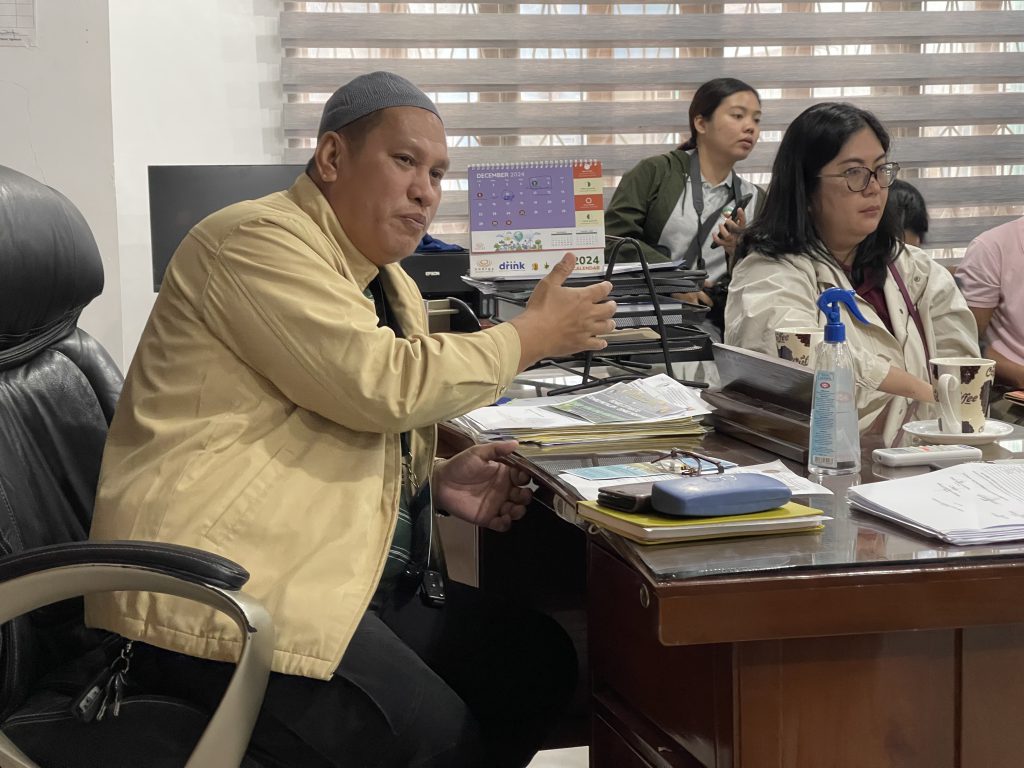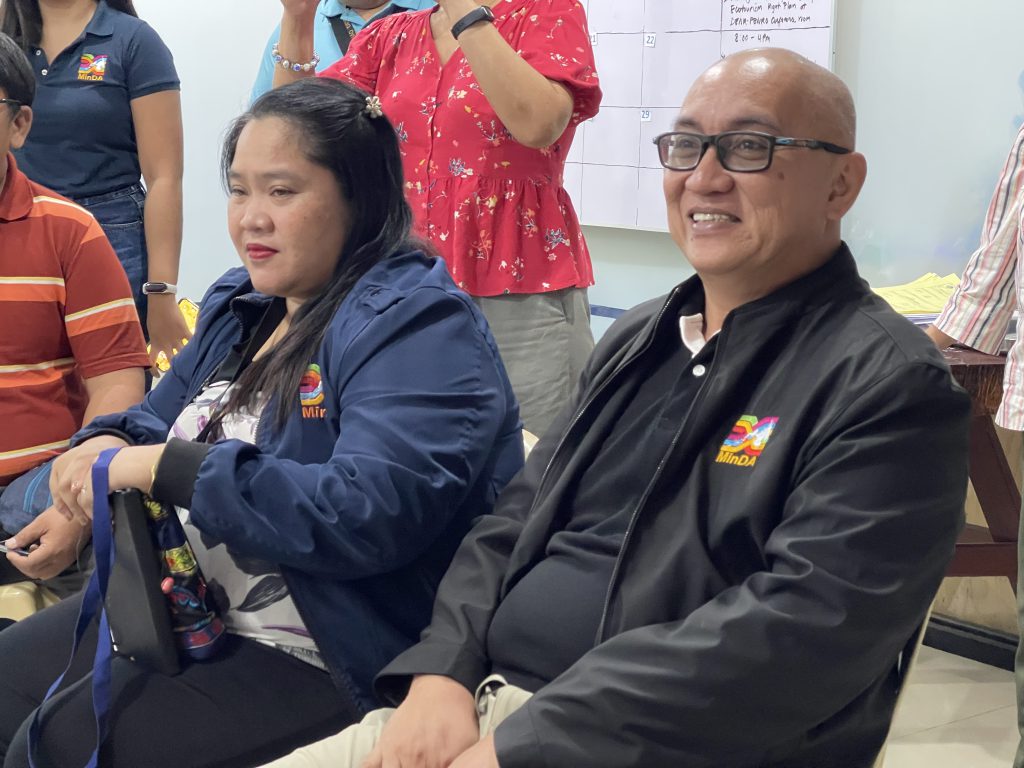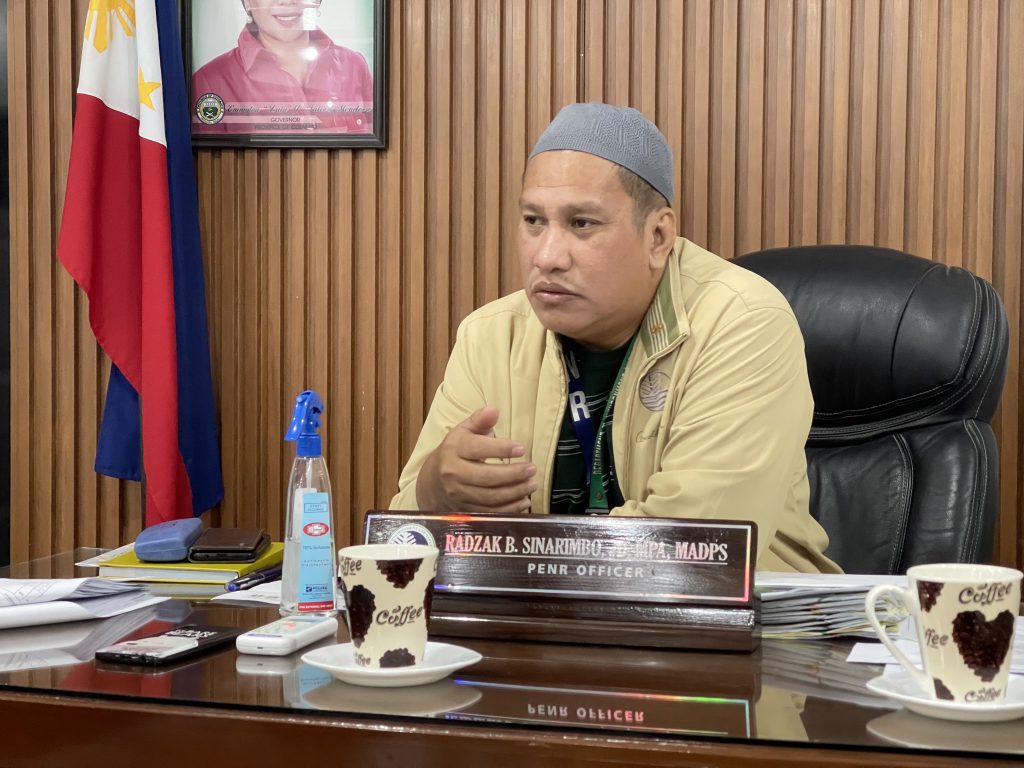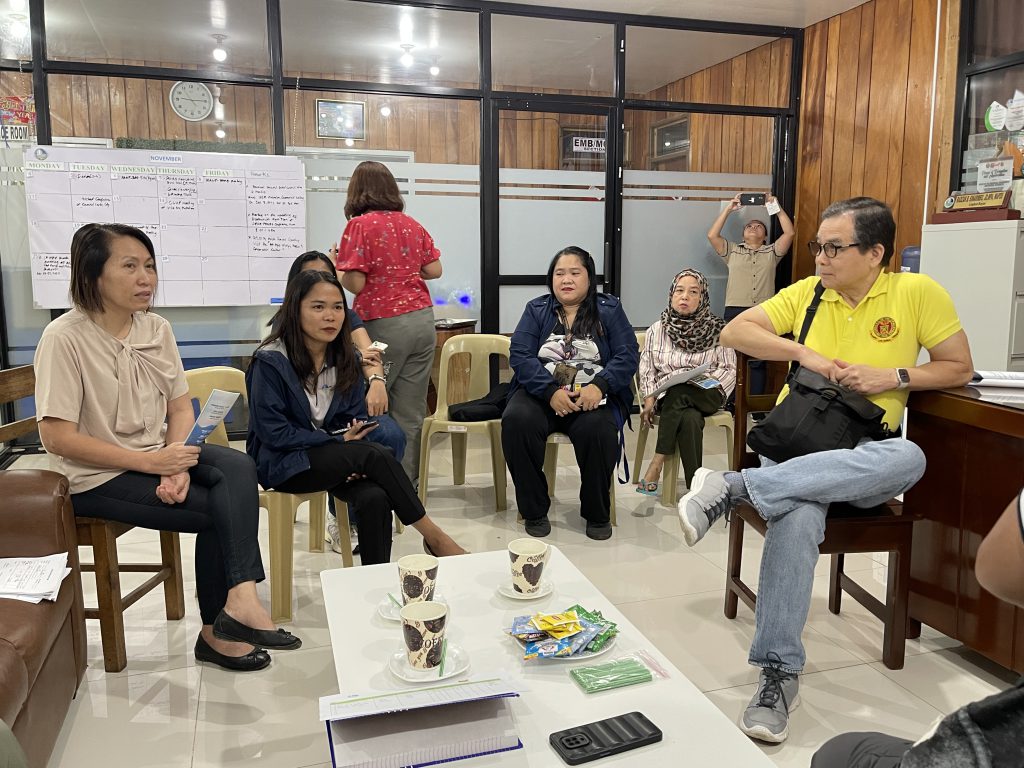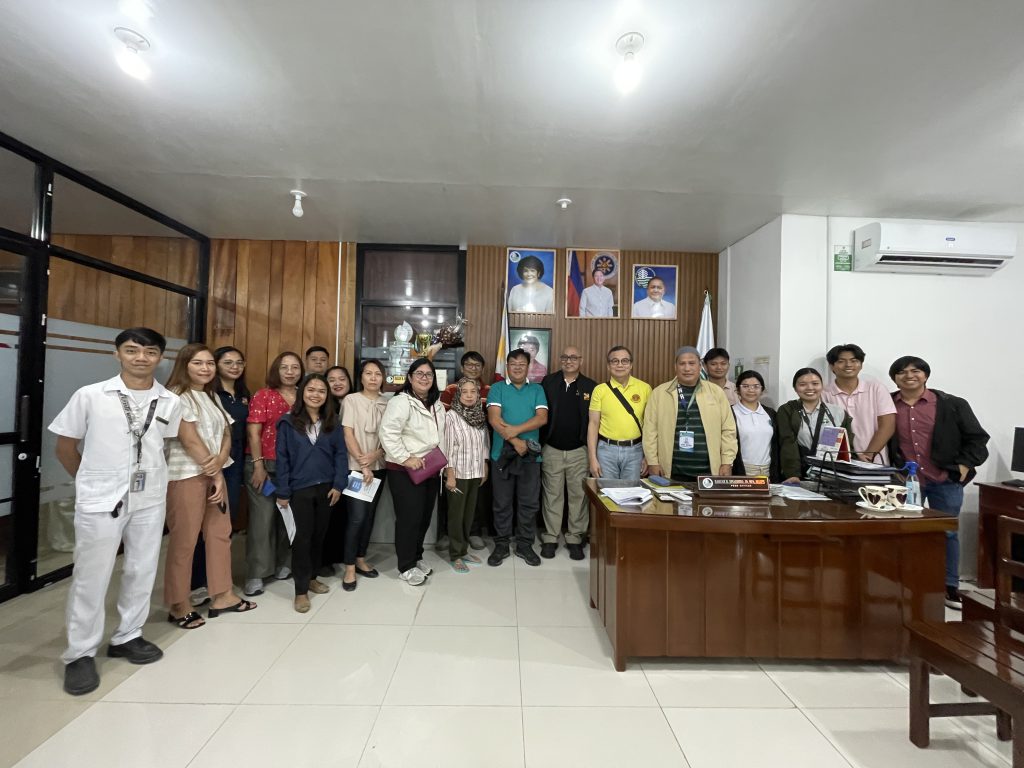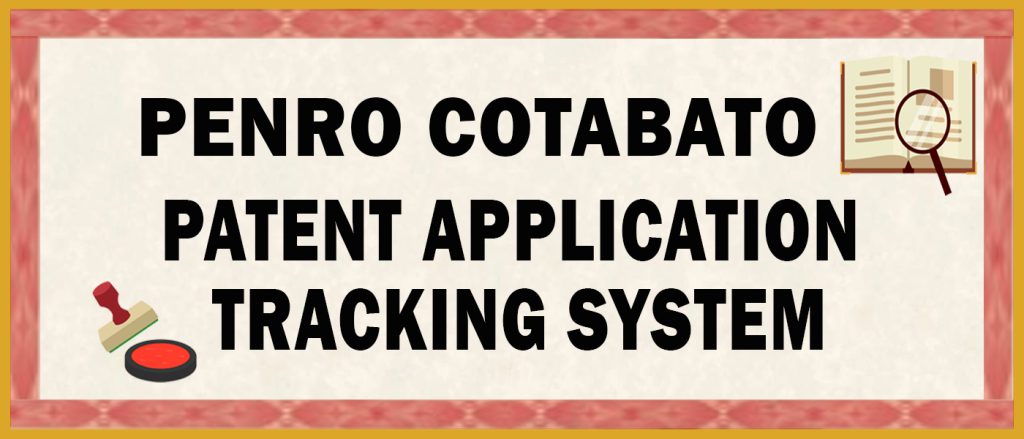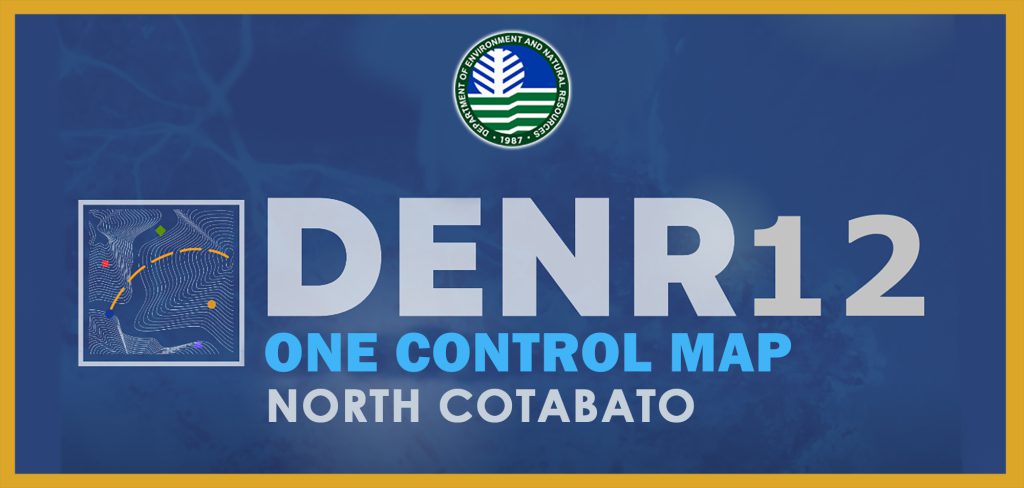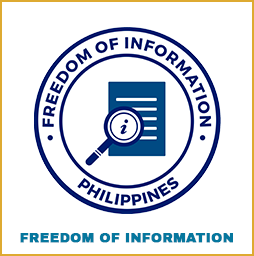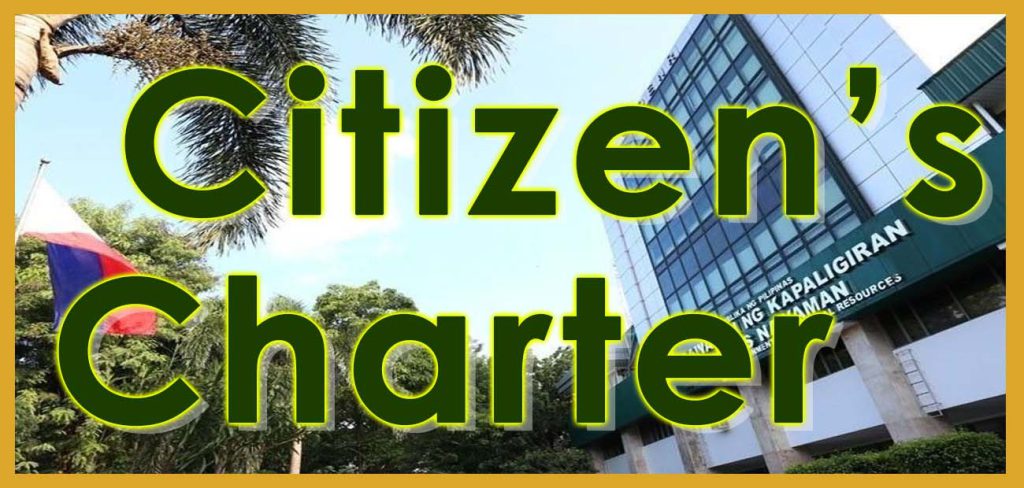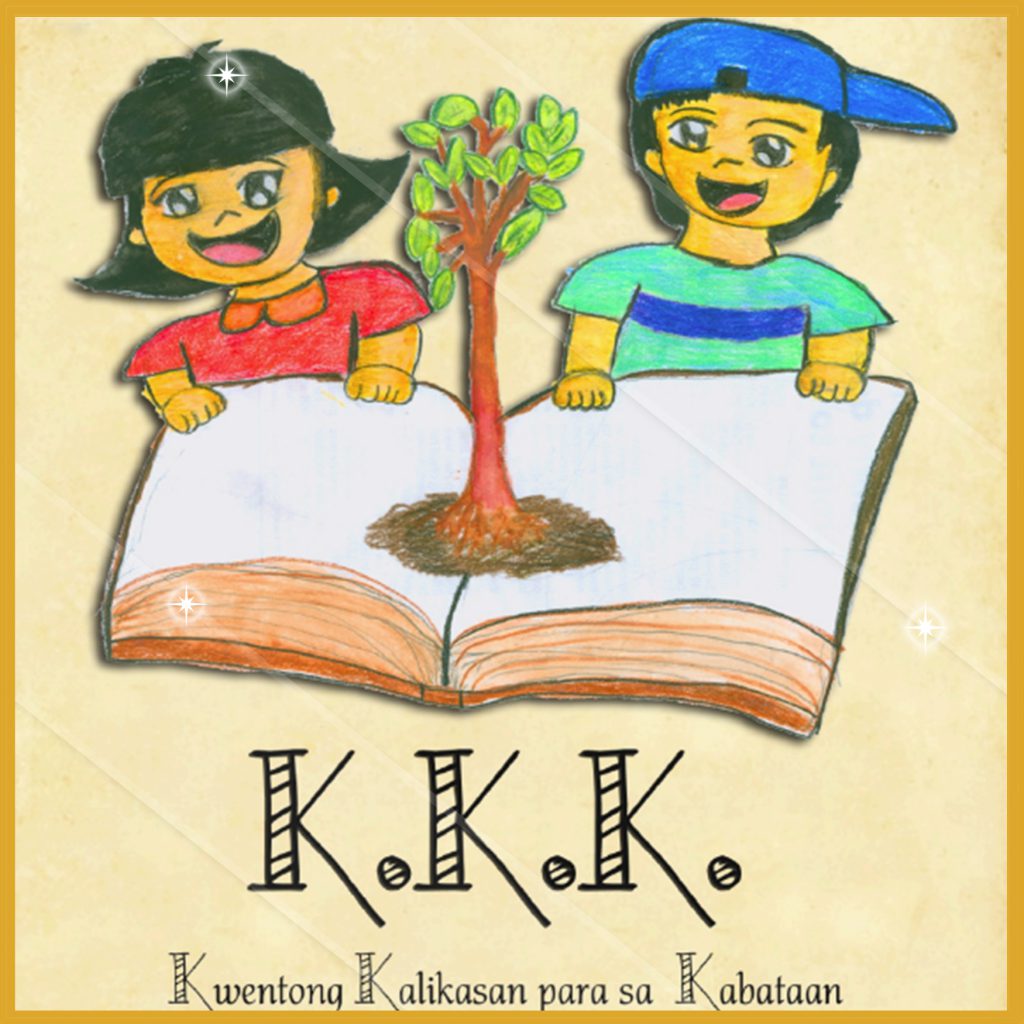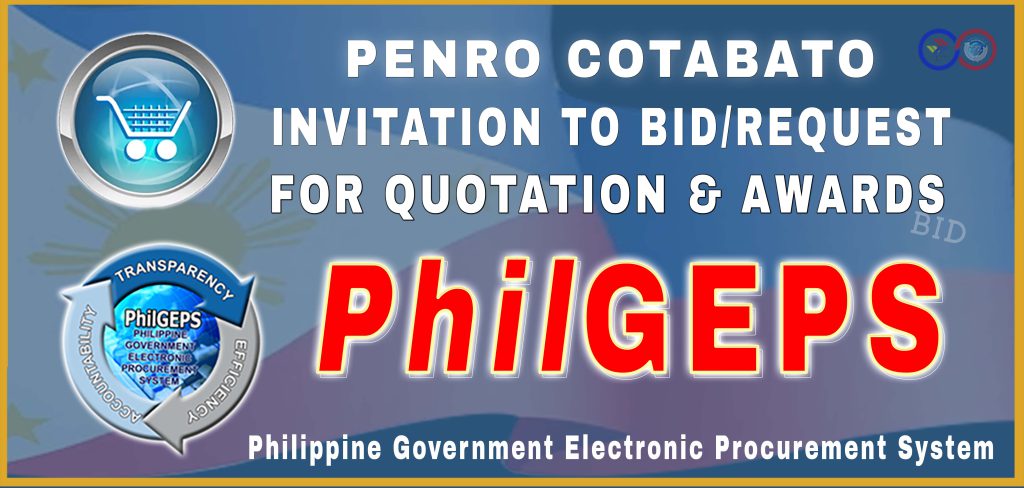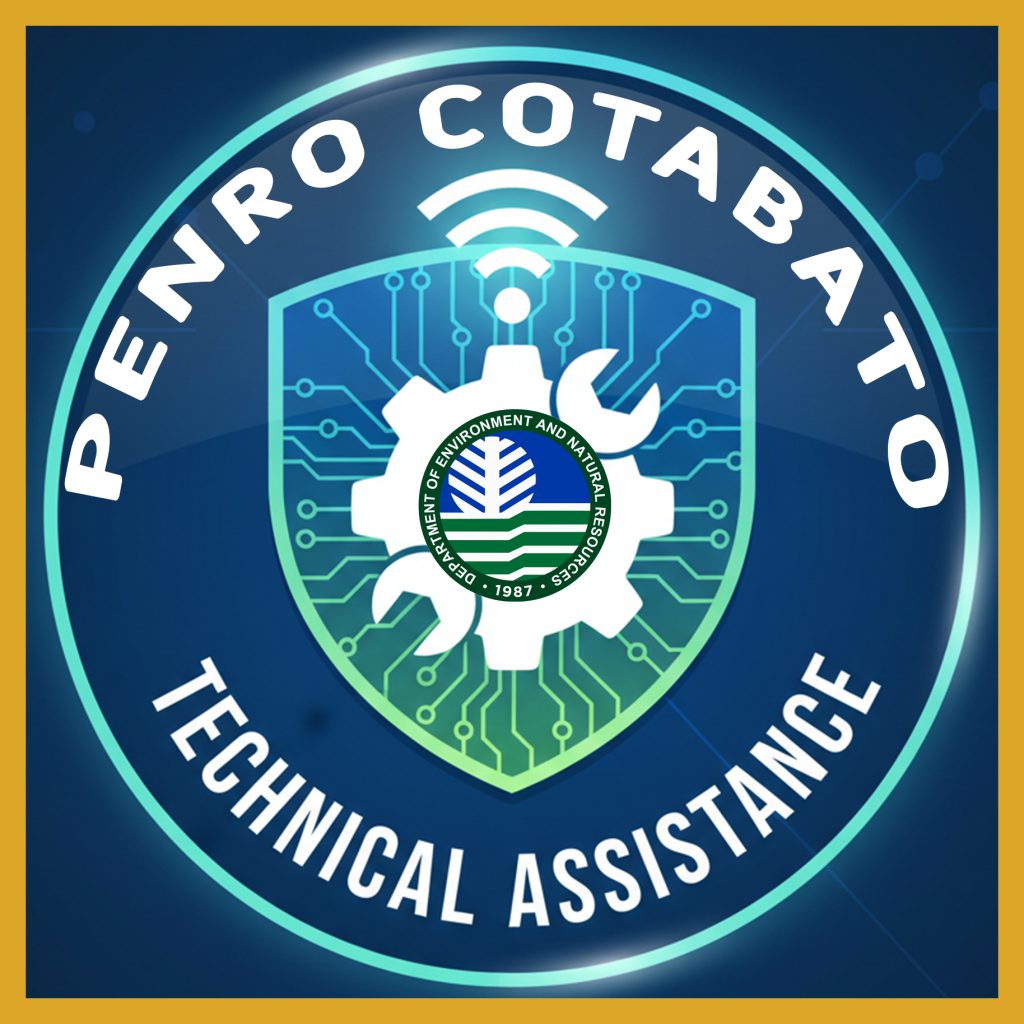Kidapawan City, North Cotabato – The Department of Environment and Natural Resources–Provincial Environment and Natural Resources Office (DENR-PENRO) Cotabato, through the Mt. Apo Natural Park Protected Area Management Office, in collaboration with the Institute of Renewable Resources, College of Forestry and Natural Resources of the University of the Philippines Los Baños (UPLB), convened on December 3, 2024, to discuss the implementation of the DOST-NRCP-funded program entitled “Conservation and Sustainable Development Initiative for Mt. Apo Natural Park (MANP): Promoting Wildlife Protection, Ecotourism, and Alternative Livelihood Development.”
The program, initially endorsed by the Mt. Apo Natural Park Sub-PAMB of Cotabato two years ago through a PAMB Resolution, focuses on two major projects for MANP: the establishment of a Mt. Apo Wildlife Rescue and Conservation Center (MAWRCC) and the assessment of potential ecotourism and livelihood initiatives. A feasibility study will soon be conducted to ensure the program meets all technical and legal requirements prior to the full implementation and conduct said initiative respectively.
DENR-PENRO Cotabato strongly supports this endeavors, which aims to conserve MANP’s biodiversity, especially on the Cotabato side. Further, the program seeks to assess the current condition of MANP, address conservation and protection challenges, and enhance sustainable livelihood opportunities for local communities. Implementation began on October 1, 2024, and will continue until September 30, 2025.
The meeting brought together key officials: representing PENRO Radzak B. Sinarimbo is PENRO TSD Chief Forester Mosa Dimaampao, MANP Deputy PASu Mary Eve Nachon, and CDS Chief Fatima Magulama. The UPLB team was led by Program Leader Tomas D. Reyes, with Director Joey Recimilla of the Mindanao Development Authority (MinDA) also in attendance. This collaborative effort underscores DENR-PENRO Cotabato’s commitment into preserving and conserving the rich biodiversity of Mt. Apo while empowering local communities through sustainable development initiatives.
